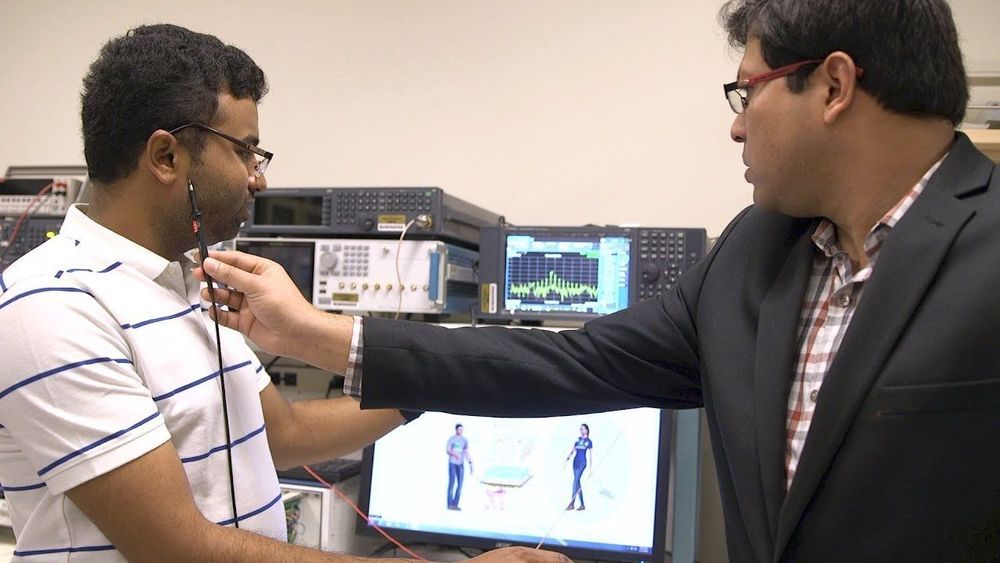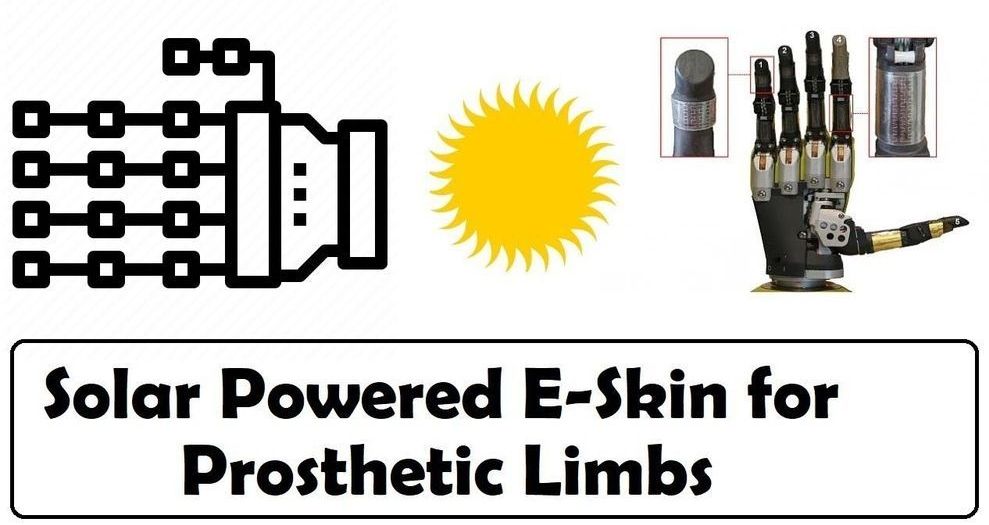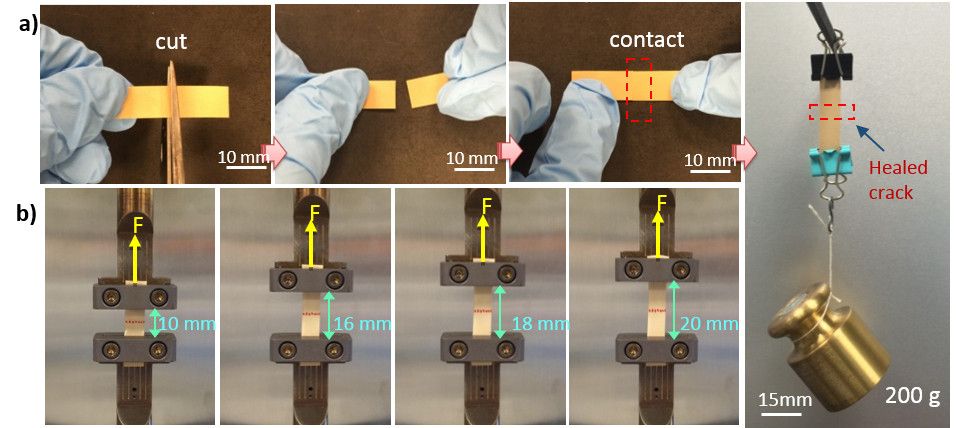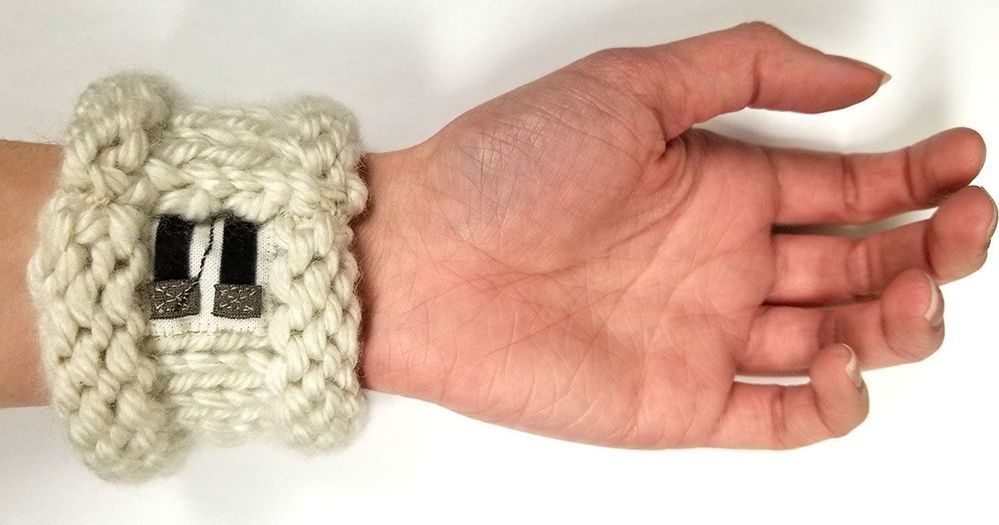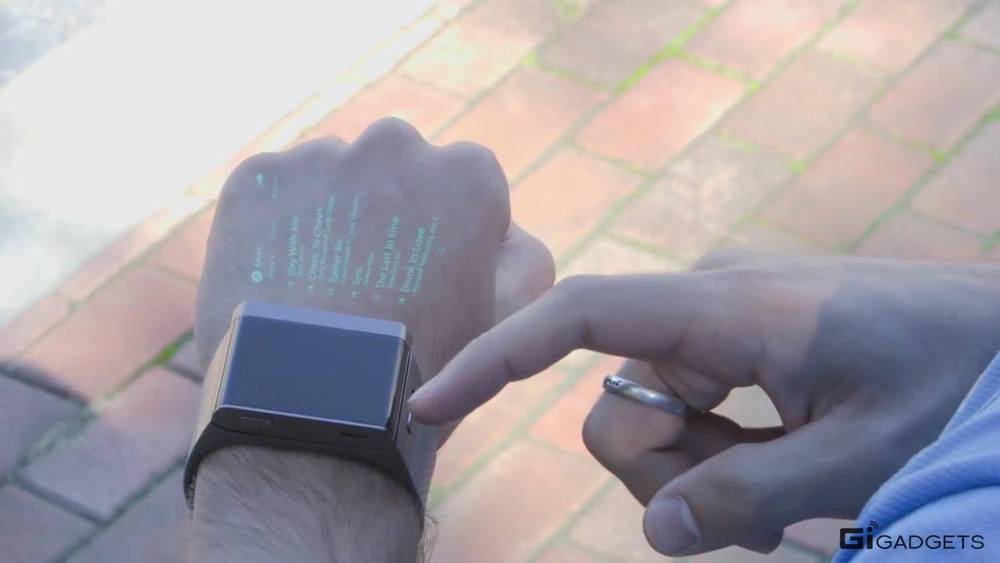Mar 14, 2019
Prototype watch uses your body to prevent hacking of wearables and implants
Posted by Genevieve Klien in categories: biotech/medical, computing, mobile phones, security, wearables
We’re used to the security risks posed by someone hacking into our computers, tablets, and smartphones, but what about pacemakers and other implanted medical devices? To help prevent possible murder-by-hacker, engineers at Purdue University have come up with a watch-like device that turns the human body into its own network as a way to keep personal technology private.
